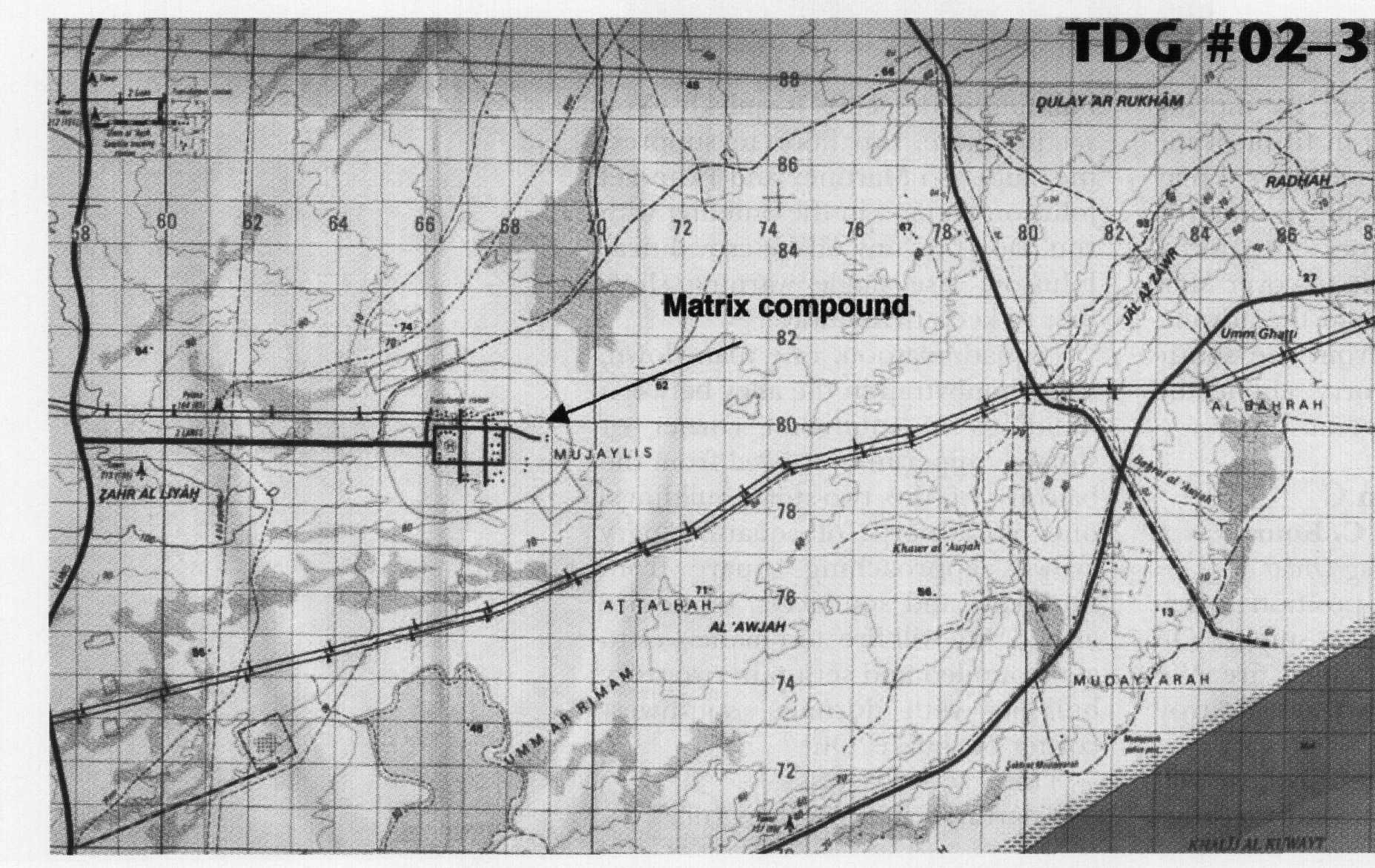by Maj Brendan B. McBreen
Almost 400 solutions to tactical decision games (TDGs) have been published in the Marine Corps Gazette during the last 10 years. These published orders reflect the tactical thinking and orders techniques of a small but thoughtful percentage of Marines. These orders can provide us with some interesting insights and assist us in thinking about the orders we issue and receive within our own units.
I reviewed all of the TDG orders published between June 1990, when the first solutions were published, and November 2001. Discounting a small number of unique TDGs whose solutions were not combat orders, I analyzed the remaining 365 orders against the standards that our doctrine and our education system recommend for a good order. A good order includes:
* An assessment of the situation.
* A tie to the higher intent.
* A unit mission and intent.
* A series of subordinate tasks and intent.
* A designated main effort.
* A designated reserve.
Conversely, a good order avoids excessive conditional phrases, confusing task organizations, micromanagement, and trivial “more of the obvious” phrases. My observations are based on the following questions:
(1) Is the order clear? If I were a subordinate commander receiving this order, would I understand the plan and my role in the action?
(2) Is the order complete? Are any key pieces of information missing?
(3) Is the order flexible? How well would a leader who received this order be able to exercise his initiative and react to changes in the situation?
Observations
Every order published during the last 10 years communicated a tactical plan. Actual units would have responded well to the majority of orders presented. The following observations identify those areas in need of improvement.
An assessment of the situation. Only 27 percent of the orders included some assessment of the situation. Most times, where a situation was included, the information was usually a repetition of the facts, devoid of context or insight. This trend reflects our doctrinal emphasis on almanac information-facts, rather than assessment.
A tie to the higher intent. Only 12 percent of the orders included any link to the higher commander’s intent. We teach that the actions of a leader who does not know the higher commander’s intent cannot support his commander, whereas the actions of a leader who knows the intent of his headquarters two levels up cannot fail to support his commander. Some authors may have assumed such an understanding already existed, but the overwhelming absence of this fundamental precept of our warfighting doctrine is significant.
A unit mission. The majority of orders-75 percent-included a clear and concise mission statement. The remaining 25 percent had no mission at all but went straight to issuing tasks to subordinates. A few confusing orders issued a scheme of maneuver as the mission statement.
An intent. Forty-seven percent of the orders included an intent in some part of the order. However, some of these intent statements added no value to the order. Weak intent should be cause for concern. In reading hundreds of intent sentences, my sense is that many leaders understand the concept but few have experience with expressing solid intent. Intent should be why not how. Some intent was nothing more than, “I intend . . . ” followed by the scheme of maneuver. “I intend to encircle his forces north of Balzar and attack along two axes from east of the river. ” Other weak examples equated the intent with the mission. “Attack Objective A in order to seize Objective A.” Your intent should justify your mission. Ask yourself, “Why is this important? Why are we doing this?” Good intent focuses on the enemy, fair intent focuses on friendly forces, and weak intent focuses on terrain.
A series of subordinate tasks and intents. Forty-six percent of the orders used the good practice of linking each task with a corresponding intent or purpose. Since each task becomes a mission statement for your subordinate, each task is best understood when phrased as a mission statement with an accompanying intent. The most concise technique is to link the mission and the intent with “in order to.” “Seize the tower in order to prevent its use as an enemy observation post.”
More than half of the task statements contained no intent. Many of the poorer tasks were “puppet orders,” physically placing units on the deck but communicating no hint of what was expected of them. “Move to Checkpoint One. Orient east.” Other weak tasks were nothing more than detailed movement orders. “Move south between Route 5 inclusive and Route 10 exclusive. At release point follow river, stay in trees, cross east of bridge. Enter treeline north of creek and establish position there. ” Defensive tasks, especially, need to avoid the puppet tendency. “Occupy and defend battle position 10.” A better example is, “Defend battle position 10 in order to prevent enemy fire on our main supply route.” Defensive tasks that include only targeting information-“lead four vehicles are yours–are especially weak. Defensive orders need a clear intent to encourage subordinates to conduct an active, aggressive defense.
A designated main effort. Only 37 percent of the orders designated a main effort. This powerful technique has been recommended by our doctrine and taught in our schools for over 10 years. The main effort is the unit that will strike the decisive action. This concept unifies the actions of all subordinate units and serves to focus their attention when the situation changes. The main effort focuses fire support, logistics support, supporting units, and other priorities. A main effort that is weak, relative to other units, is evidence of a misunderstanding of the concept, a lack of tactical focus, a “fair share” mentality, or a failure to make tough economy of force decisions. Every order, for all units, for all types of missions, should designate a main effort.
A designated reserve. Twenty-six percent of the orders assigned a reserve. The more times a commander is surprised by unexpected enemy actions, the more he learns to maintain an untasked reserve. In the Marine Corps, during field exercises or map exercises, we are rarely surprised, so many leaders do not internalize lessons concerning the reserve. On the other hand, most TDGs address small unit problems. Our doctrine suggests that small units below the company level should not be expected to identify a reserve. “You are also the reserve” is a potentially dangerous tasking. When a surprise arises, is that unit available or engaged? A reserve provides flexibility. Without one the commander has few options available when the situation changes.
Excessive “on order. ” Only three percent of the orders included more than two “on order” or other conditional phrases. Too many “on orders” is an indicator of a fragile plan overly dependent on good communications and the commander’s ability to make all the decisions.
Task organization confusion. Nine percent of the orders were unclear or unnecessarily complex in task organization. Unclear command relationships were usually the result of imprecise language: “travel with Ist Platoon, ” “send two tubes with 3d Platoon, ” or “organize the battle position with 2d Platoon and tanks. ” The doctrinal terms direct support or attach should be used. Many of the identified confusions applied to the weapons platoon of the rifle company– an administrative-not a tactical unit. Unless attached out, weapons sections work directly for the company commander and are not tasked through the weapons platoon commander.
Micromanagement. Ten percent of the orders attempted to micromanage the tactical employment of a subordinate commander’s unit. A few examples broke units apart or assigned individuals. “Pull two men from your 3d Squad across the river, ” or “use that vehicle crewman to set up the landing zone.”
More of the obvious. Only a tiny number-3 percent-of the orders included any more of the obvious phrases. What does a Marine think when given the following instructions? “Care for your wounded. ” “Make timely and accurate reports.” “Normal radio procedures apply.” “Be flexible, move fast fight aggressively. ”
Tendencies
The majority of the TDG orders were short, direct, and unambiguous. Overall, however, there was far too much evidence of poor orders practices. Almost three out of four leaders failed to designate a reserve. Nearly two out of three leaders failed to designate a main effort. One out of every two leaders failed to provide a commander’s intent.
One out of four leaders communicated no mission at all but went straight to issuing tasks to subordinates. Either the commanders felt that the mission had not changed and did not need to be repeated or the heat of the moment required immediate taskings. An order lacking a mission statement is inherently weak and prone to misunderstanding. These types of orders can be heard frequently on the radio during unit exercises in the Operating Forces.
A large number of muddled orders failed to identify a main effort A main effort should always be identified. The concept of the main effort is such an integral part of our warfighting doctrine that its absence in almost two-thirds of the TDG orders should be cause for concern.
Most orders avoided the debilitating practices of excessive conditional phrases, confusing task organizations, micromanagement, or more-of-the– obvious phrases. This is probably caused by the concise TDG format and recommended time limit that combine to encourage brevity. The large number of repeat authors is also probably a contributing factor. Leaders who write many orders develop clarity of thought and clear phrasing habits that avoid most poor orders practices.
A large number of orders were written by the same people. Twenty-two percent of the orders were written by non-Marines. Eleven percent were written by enlisted Marines. Forty-four percent were written by company grade Marine officers. Twenty-three percent were written by field grade Marine officers. This does not include the far larger number of orders received by the Marine Corps Gazette but not selected for publication. In one regard, this shows that these individuals are interested in their profession and are practicing and contributing. On the other hand, this may indicate the interest that tactical decisionmaking and the orders process has in our organization. How many units train with TDGs on a regular basis? How many leaders train with TDGs on their own?
What Is To Be Done?
Combat orders, like any communications skill, is more art than science. Issuing concise, unambiguous orders is a skill acquired only through continuous practice. In order to improve our skills we, as Marine leaders, need to improve our own orders technique as well as guide the development of our subordinates’ skills.
Teach orders. Marines learn from their leaders. All leaders need to take the time to train their subordinates on effective orders techniques. A weekly officers’ call that includes a tactical decisionmaking exercise is a valuable event. Some schools focus on the format of orders but provide very little guidance on good philosophies and good habits of combat orders. Developing leaders should not have to sift through numerous orders to develop their own habits. Appendix C of Marine Corps Doctrinal Publication 1-0, Marine Cords Operations, includes the precise definitions of tactical tasks.
Require orders. Because the standard written order has grown so complex, some leaders do not require orders during map exercises, wargames, exercises, or unit professional military education. This is a mistake. A brief but effective order is a valid order. Every order written on a notebook page, index card, or issued verbally is a training opportunity gained.
Fight real opponents. In competitive fights, where an implacable enemy with a free will attempts to counter friendly actions, commanders learn how to issue robust orders. Only when the enemy has the capability to surprise us and disrupt our plans do leaders internalize solid lessons on the criticality of reconnaissance, the benefits of a simple task organization, the importance of a main effort, and those difficult decisions surrounding the use of the reserve. Leaders need to fight wargames, fight map exercises, and fight in force-on-force exercises against a thinking and difficult foe. Your orders will benefit from these realistic experiences.
Encourage practice. The average Marine Corps officer has caught more fly balls than he has issued orders. We get plenty of practice in unimportant skills but too little practice in our critical skills. Leaders need to schedule and encourage more practice on orders technique– teach more, require more, and fight more. Our serious professional force needs to get serious about the key professional skill of communicating tactical decisions.
Conclusion
TDG orders coming from a small percentage of Marines who were published in the Marine Corps Gazette may not be representative. One-third of the orders were written by the same author who wrote the TDG scenario. These individuals are especially interested in tactics and their profession. If the TDG orders were written by leaders who are keenly interested in the process, what of the average? Think about your own unit. How would you rate your average leader’s orders abilities? How would you rate the orders abilities of those leaders who do not regularly practice? Do you and your leaders issue the type of robust orders that will increase the combat power of your unit when committed to action? Our expeditionary force philosophy is tomorrow we may go to war. That means that today we need to train to fight and train to issue orders to prepare for war.




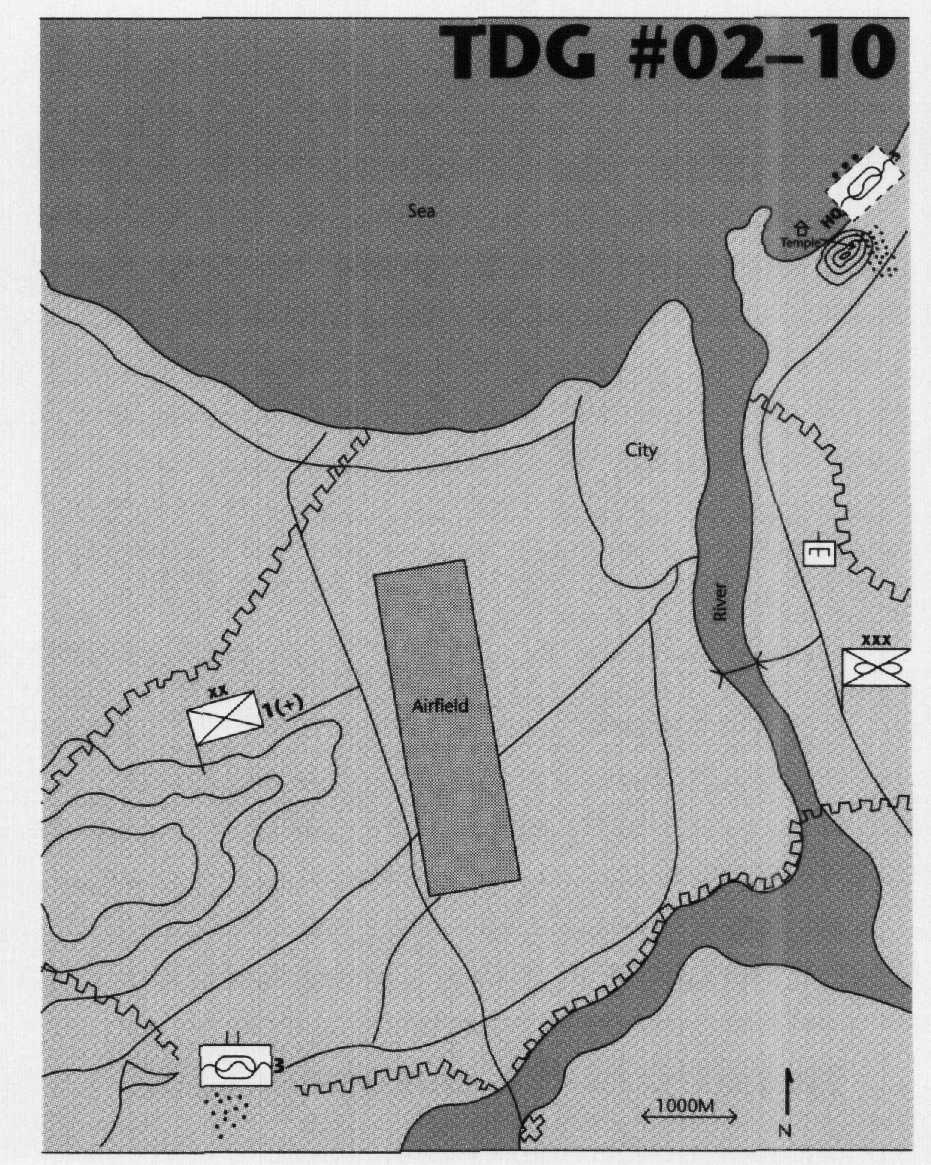
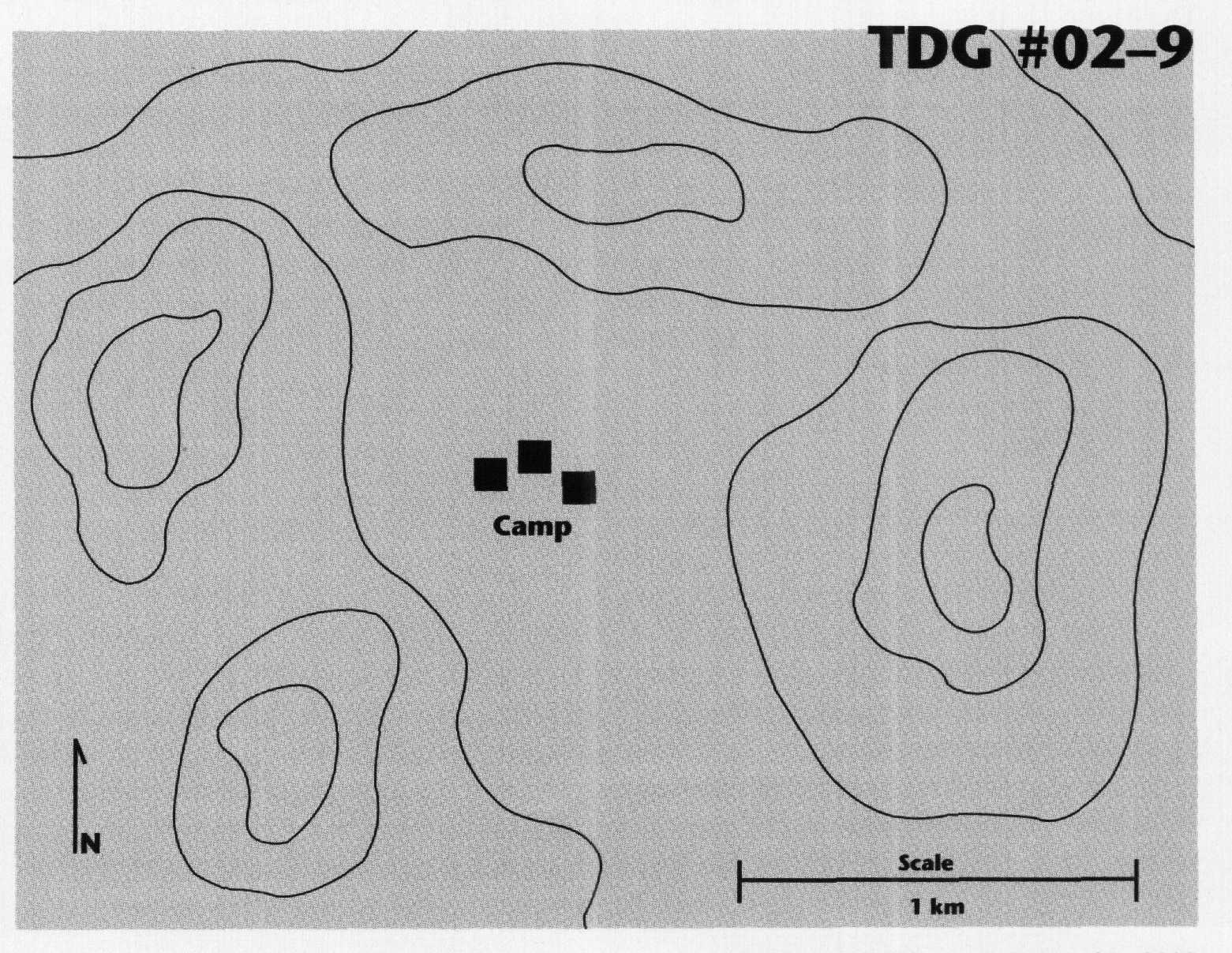
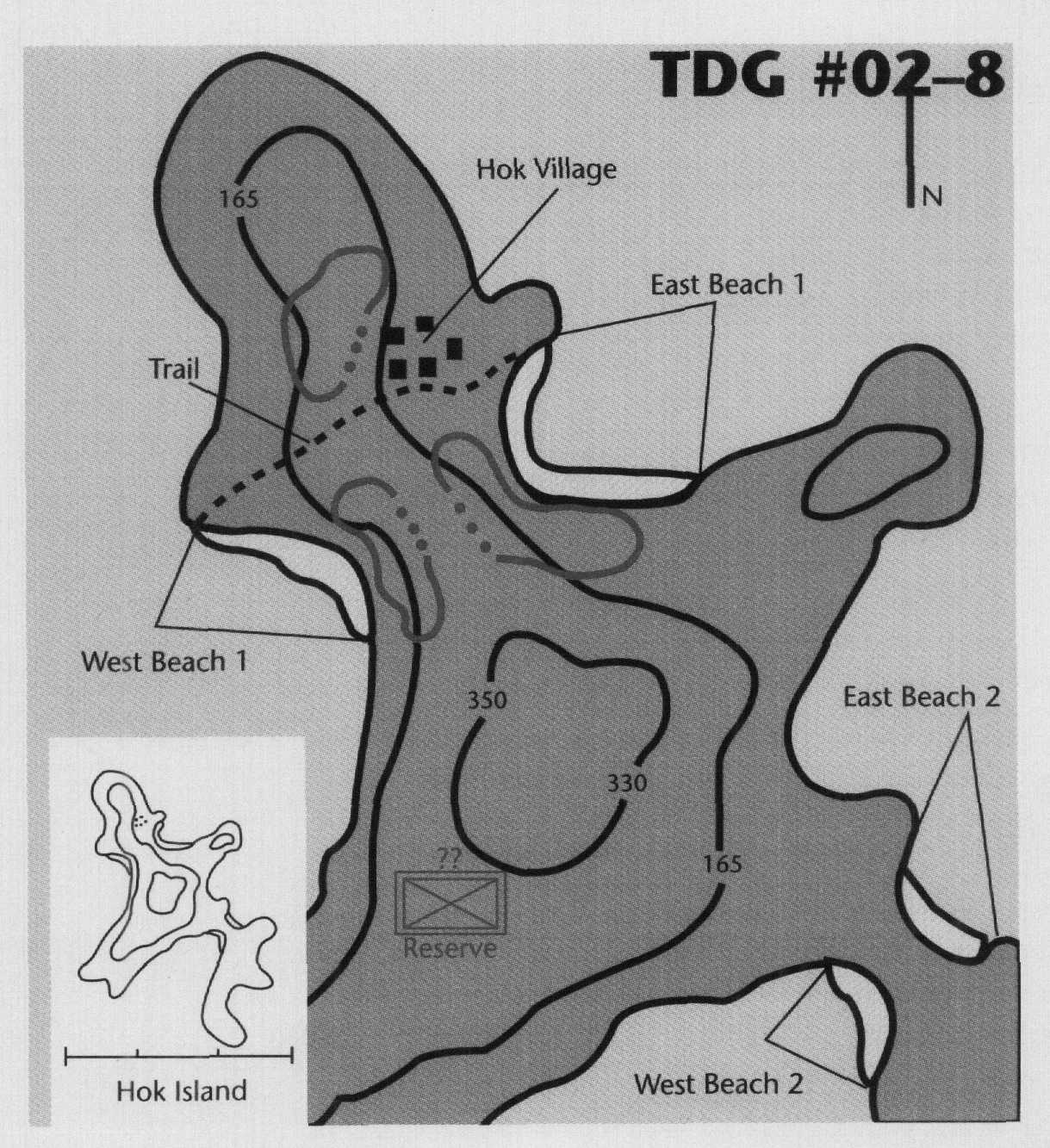
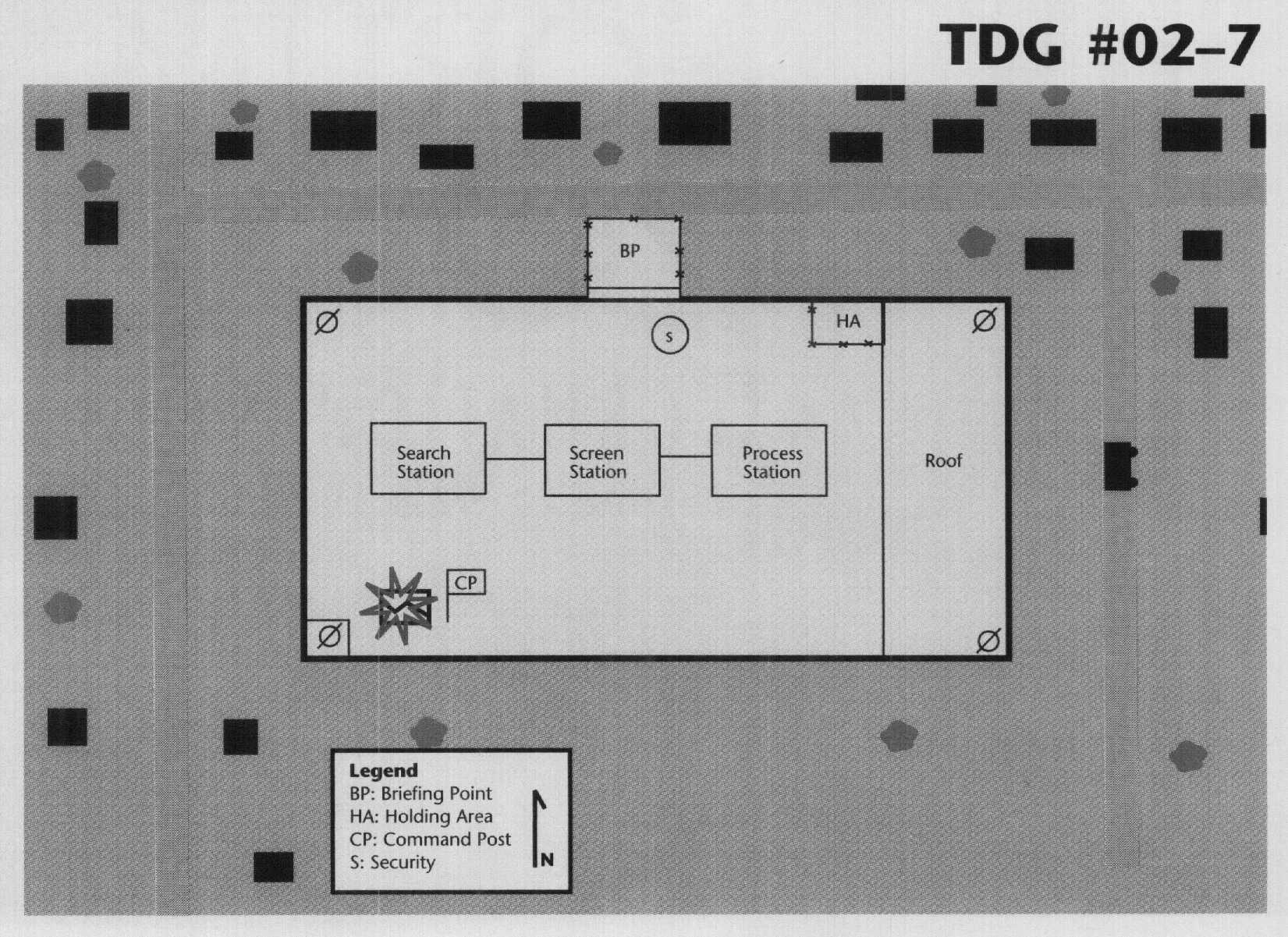
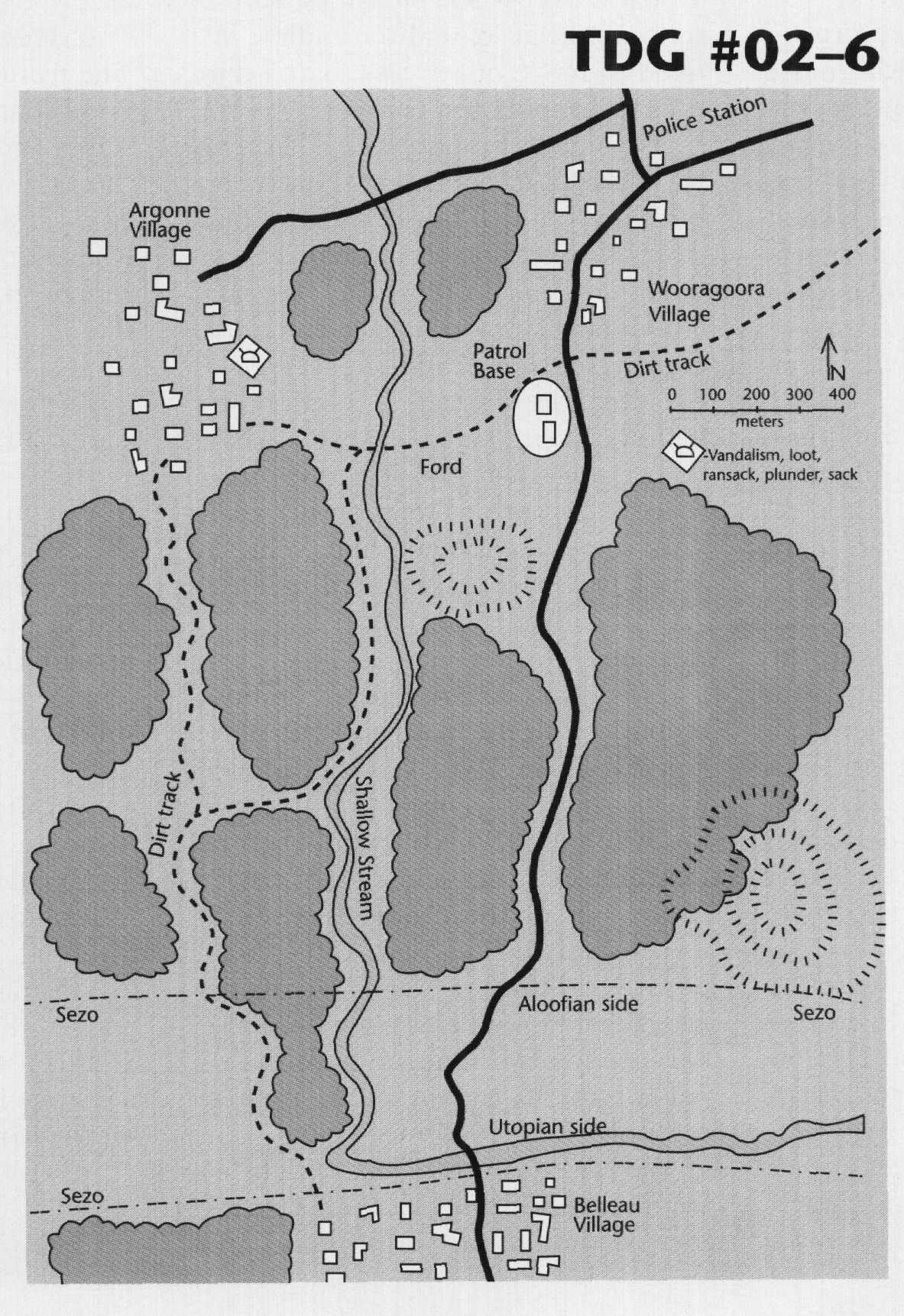

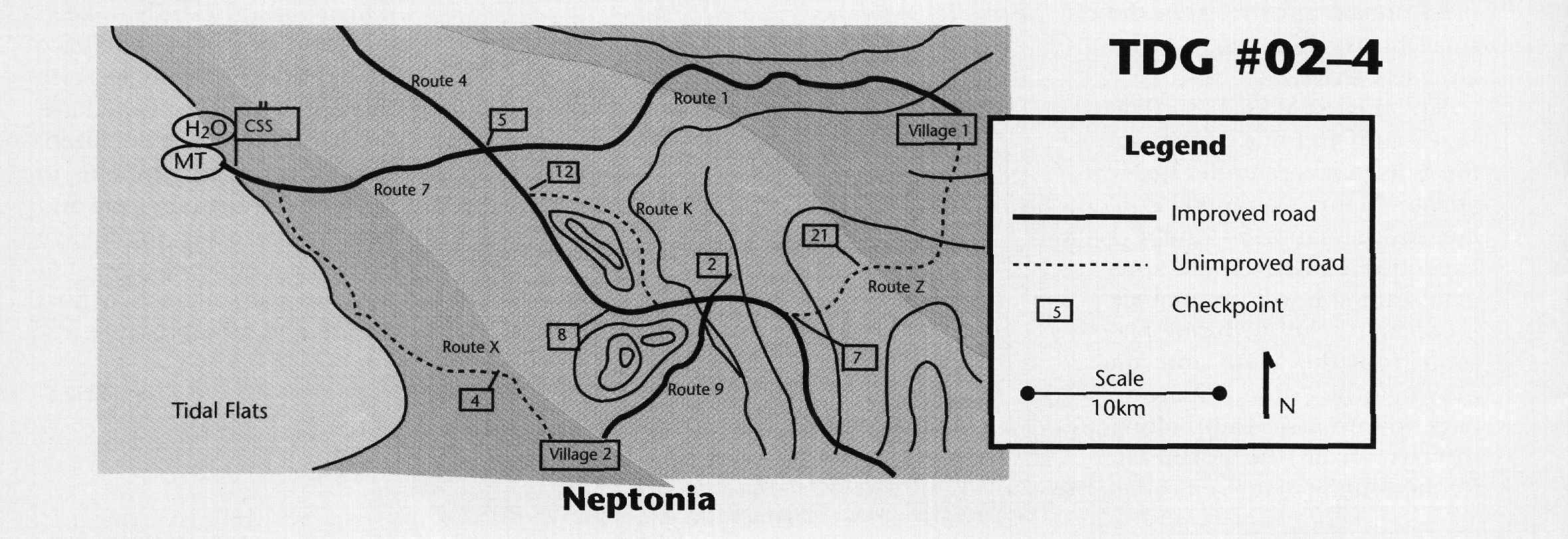
 Requirement
Requirement